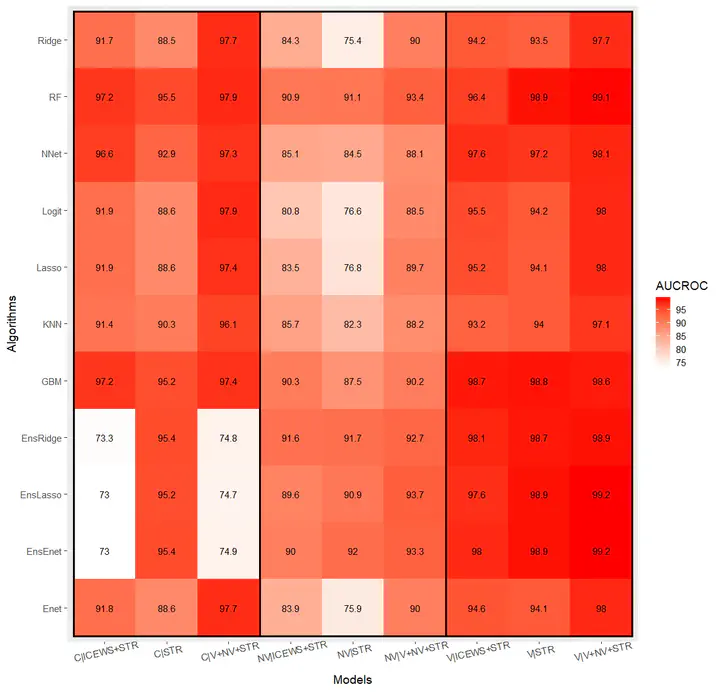
Abstract
Forecasting major political conflicts is a long-time interest in conflict research. However, the literature thus far has focused almost exclusively on armed conflicts such as civil wars. Attempts to forecast primarily unarmed conflicts have yet to identify a model able to forecast such uprisings with a high degree of accuracy. This thorny forecasting problem may in part be due to the literature’s heavy focus on parametric forecasting methods and relatively rare testing and comparison of a wide range of forecasting algorithms. This paper addresses these gaps in the literature by developing the first unified forecasting model of both major armed and unarmed conflicts at the country-year level based on extensive training, cross-validation, and comparison of eight machine learning algorithms and five forecasting ensembles. We draw on two types of data: slow-moving structural factors such as geography and levels of economic development and short-term political dynamics captured by events data trends, to inform our forecasting models. This approach significantly improves predictive power for both armed and unarmed conflict in comparison to commonly used methods in the literature and suggests that there is significant room for improving forecasts of major political conflicts. However, our algorithms still forecast armed conflict significantly better than unarmed conflict, suggesting the need for continued theory development to inform future forecasting efforts in this area.